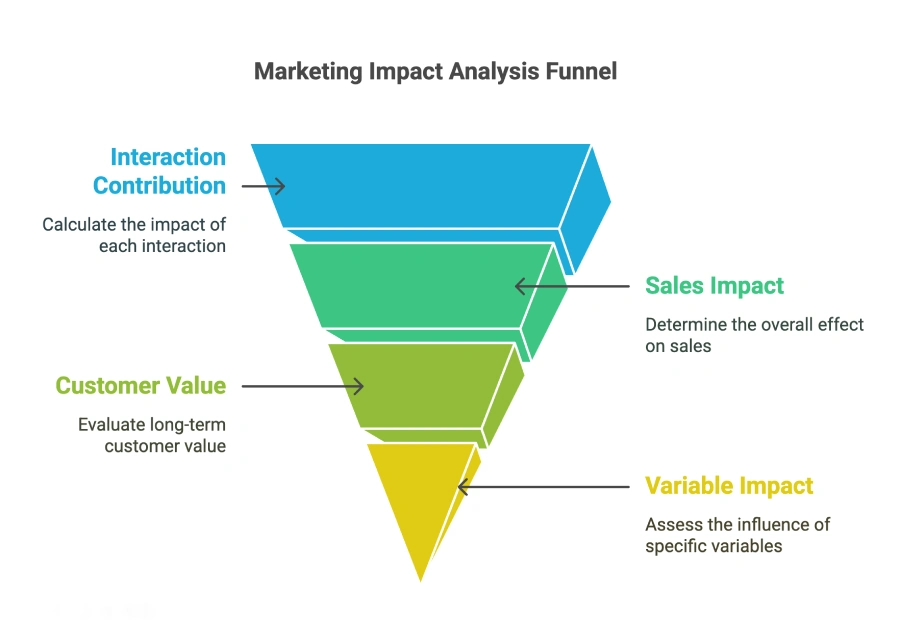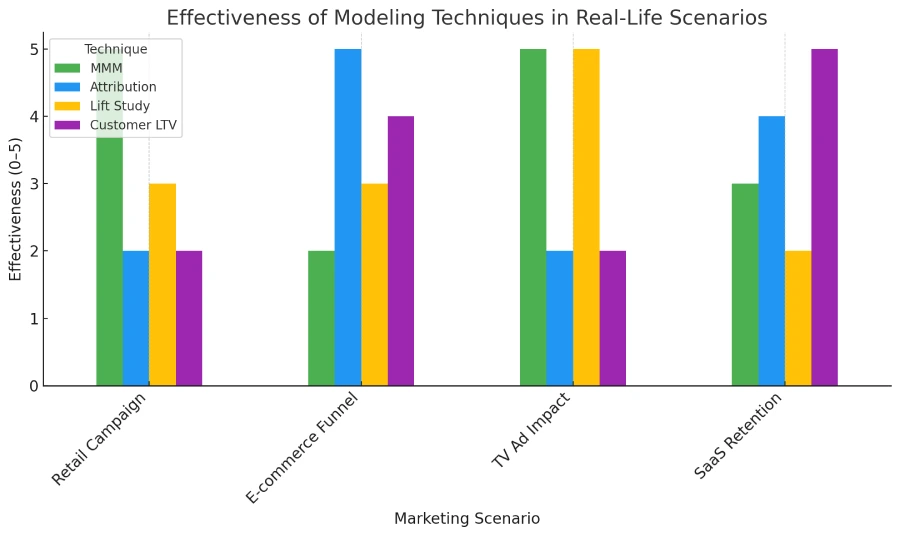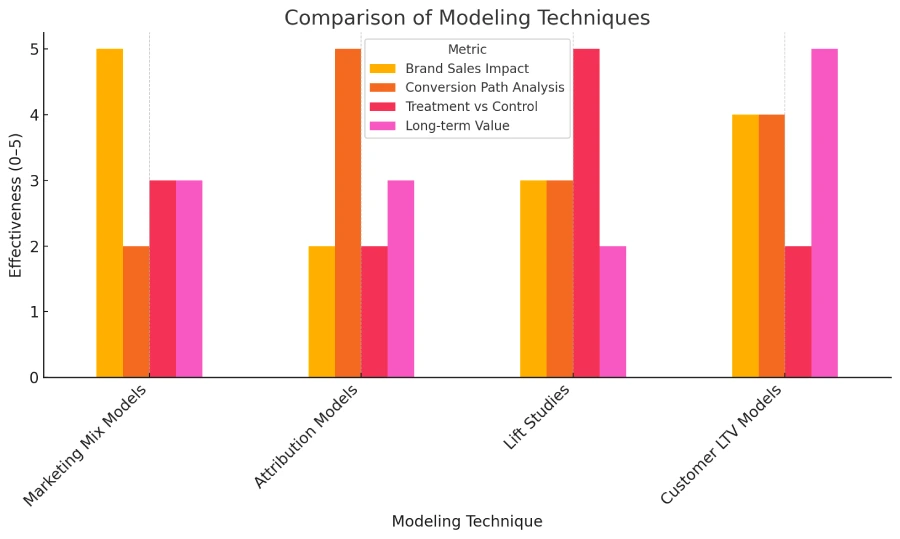You will wonder how easily you can pass the Google Ads Measurement Certification once you understand key concepts like Marketing Mix Models (MMMs). This question often trips up even experienced marketers because it blends marketing science and analytics.
In this post, I’ll break it down simply, from the correct answer and real-world example to a comparison chart, and FAQs. So let’s get started—no fluff, just clarity!
Question and Correct Answer
What do marketing mix models show advertisers?
- They use your conversion data to calculate the contribution of each interaction across the conversion path.
- They’re an analysis that shows the impact of marketing on a brand’s sales.
- They evaluate a customer’s long-term marketing value to provide a more accurate view of performance.
- They’re a way to determine the impact of a specific variable on control and treatment groups.
Here is the correct answer:
✅ They’re an analysis that shows the impact of marketing on a brand’s sales.

Why is this the right Answer?
Marketing Mix Models (MMMs) are statistical models used to analyze historical data to determine how various marketing channels (like TV, radio, digital, print, and promotions) impact overall sales.
It doesn’t just look at individual clicks or user paths like attribution models. Instead, it zooms out to show how all your marketing inputs contribute to your sales over time.
It answers questions like:
- “Did our Black Friday TV ads boost holiday revenue?”
- “How much did Google Ads vs in-store displays contribute to Q2 sales?”
These models help marketers optimize budget allocation across multiple touchpoints—especially useful for cross-channel and offline measurement.
Why are the other options incorrect?
1. “They use your conversion data to calculate the contribution of each interaction…”
That’s the job of Data-Driven Attribution (DDA). DDA focuses on user-level interaction paths—like clicks and views—while MMMs work on aggregated historical data.
2. “They evaluate a customer’s long-term marketing value…”
This refers to Customer Lifetime Value (CLV) models. CLV helps marketers predict how valuable a customer will be over time, not how marketing impacts total sales now.
3. “They determine the impact of a specific variable on control and treatment groups…”
That’s about Incrementality or A/B Testing, where one group sees the ad (treatment) and the other doesn’t (control). MMMs don’t require real-time user control groups.
Real-Life Example:
Imagine you’re a marketing manager at a national furniture brand. You run:

- Facebook Ads
- Google Search Ads
- TV commercials
- Magazine promotions
You want to know: Which channel truly drives revenue?
You hire a data analyst to run an MM model. After analyzing 2 years of sales and marketing spend, you discover:
- 45% of sales lift came from TV ads
- 25% came from Facebook Ads
- 15% from Google Ads
- 10% from print
- 5% from other channels
Now you know where to double down next quarter—and which channels may not be worth the spend.
Comparison of Modeling Techniques
| Feature | Marketing Mix Model (MMM) | Attribution Model (DDA) | A/B Testing | CLV Modeling |
|---|---|---|---|---|
| Focus | Overall sales impact | User path conversion | Variable testing | Long-term customer value |
| Granularity | Aggregate data | User-level | Experimental | Predictive |
| Use Case | Budget planning | Channel crediting | Testing creatives | Customer segmentation |
| Offline Data Support | ✅ Yes | ❌ Limited | ❌ Limited | ❌ Limited |
| Data Required | 12+ months of history | Real-time user paths | Test/control data | CRM + historical sales |

Resource Links:
- 📘 How Marketing Mix Models Work
- 📘 Skillshop – Google Ads Measurement Certification
- 📘 Google Help: Attribution vs MMM
Conclusion:
If you’re asked what marketing mix models do, remember this:
They help brands understand the total impact of their marketing on actual sales.
Forget about individual clicks or micro-conversions—this is strategy-level analysis.
And if you’re preparing for the Google Ads Measurement Certification, knowing this clearly gives you a solid edge.
Finally, I can say that if you are ready, you can take the exam on Skillshop – Google Ads Measurement Certification. If you want more real exam questions and answers like this one, which have already been covered, follow along. I’ll be breaking down more Google Ads Measurement Certification exam questions with full solutions in the next posts on Google Ads!
FAQs:
Q1. Is MMM only for big companies?
No, although it’s traditionally used by large brands, even medium-sized businesses can use simplified versions with tools like Google’s MMM Light.
Q2. Can MMM handle offline channels?
Yes. That’s one of its strengths. You can include TV, radio, in-store promotions, and even economic factors.
Q3. How long does it take to build a model?
Usually 3–6 weeks depending on data availability and scope.
Q4. What’s the main difference between MMM and attribution?
Attribution = user-level clicks and paths
MMM = big-picture spend vs results analysis

